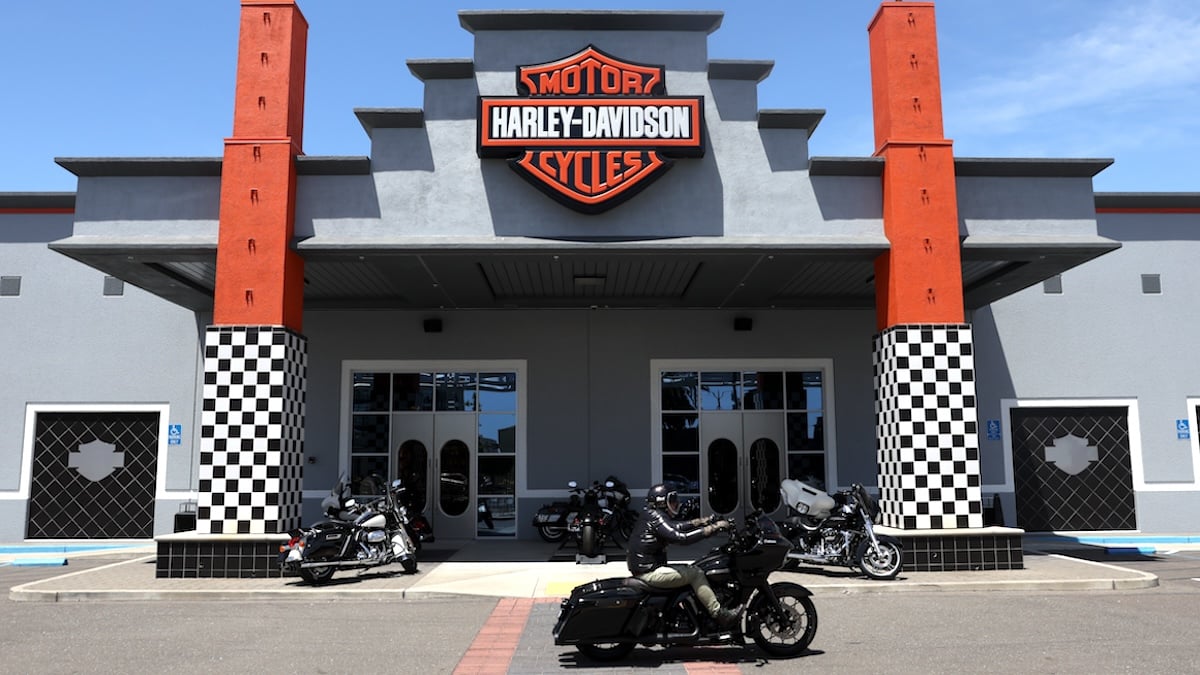Harley-Davidson has been a giant gas-guzzling symbol of American freedom and rebellion since the company first launched in the early 1900s. Fast forward to today, and the company has been floundering really hard in the market.
HD’s domination in the early 2000s meant that it held a 50% market share, which a few decades later, have dropped to a meager 27% in 2024, even as it is fiercely antagonized by manufacturers like Honda and Yamaha. Overall, Harley-Davidson’s problems are quite complicated, but they are mostly a deadly combo of phenomenally poor decisions.
Harley-Davidson’s questionable short-sightedness
Harley-Davidson’s struggles to balance its books at the end of each quarter is a little open secret. For instance, in the fourth quarter of 2023, the company reported an operating loss of $21 million after reporting an operating income of $4 million in the same period in 2022. It also would have been easy if the company had not, on top of two recessions and a pandemic, become victim to Donald Trump’s metal market wars against the EU that led to a direct blowback on “Proudly American” companies like Harley-Davidson.
However, rather than taking measures to stop the bleeding, the company has chosen to go for flashy bandaids instead. Out of all Harley-Davidson’s flashy band-aid practices, the most nefarious is the share buybacks. In order to keep its EPS (earnings per share) on the up and up, the company buys back shares from its customers and chooses to hoard them instead. Buybacks are a short-term financial strategy that works when a company needs a quick get-out strategy, but Harley-Davidson has done this repeatedly since 2015. In fact, the company’s management recently disclosed it would be buying back $1 billion of its shares through 2026.
The problem with the “Old School” Harley-Davidson brand
Harley-Davidson would not have had to resort to share buybacks if its sales weren’t plummeting every year. In turn, its sales would probably not be on a gradual decline if the company had not cast its brand in 116-year-old stone, while making little effort to adapt to market changes.
For example, Harley-Davidson is still regarded as and designed for an older generation of bikers. In a yearly report that has now been discontinued, the average HD rider was reported to be 43 years old in 1999, and 48 in 2008. And while it would be a stretch to ask that the company caters to the fleeting whims of Gen-Z, even the millennials are left out. The rising demographic means that the purchasing power of HD’s customer base is either declining or about to disappear altogether. Ironically, the company has gone to great lengths to cultivate and keep its brand identity as being a counterculture symbol. But it does this while keeping its designs and functionality old school, and in higher price ranges, far from the reach of a younger demographic.
Moreover, while there have since been attempts to change the target demographic for Harley-Davidson, the company chose to go through a route that did not really work in its favor. Sometime in the late 2010s, Harley-Davidson began branding and designing for varying demographics like urbanites, women, and non-riders, all without fully breaking into or dominating any of these markets. It also seems to neglect the more pressing request from motorcycle riders to better the quality and power of existing brands to match that of competitors, or at least gain the interest of an international market that may not be fully sold on the existing brand.
Only time will tell when, or if, Harley-Davidson will be able to surmount these challenges and get back to dominating the industry without having to cut corners. But one thing is evident, this change has to come very soon, and very fast.

